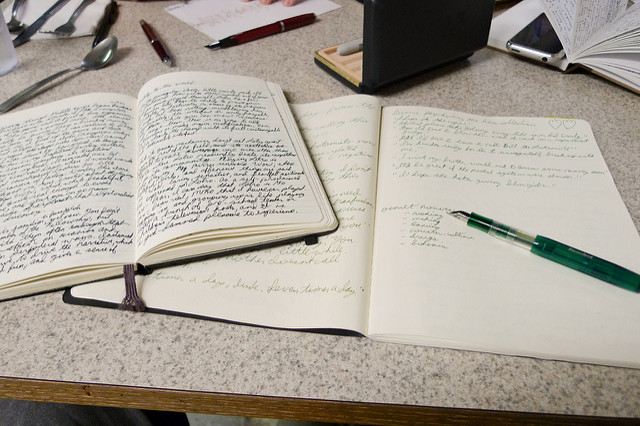
This blog is by Max Rankin. Max is one called to come alongside and help. He is part of the leadership of Verve Lead. His practical insights will help many. Flick a link to this to someone who would benefit. Leave a helpful comment below.
“I am not stressed but….”
If you have heard something like this then read on…
A fear response in the face of a known danger causes stress. Cortisol and adrenaline are released into the bloodstream, heart rate increases and muscles tense. You are now in the state of “fight or flight”. You are keenly aware of a heightened state of focus. Alternatively, stress caused by anxiety is a vague sense of uneasiness outside of your awareness. It is the focus of this piece.
Do you deny or rationalise stress?
Anxiety can be generated by a sense of a gap between an expected standard and your reality. This variance between expectation and reality leads to stress that is just simmering in the background. The mind has several cognitive defence processes that are triggered to deal with this stress, for example.
Denial: refusing to accept the real events because they are unpleasant, for example, “I don’t have a problem. You have misread the situation!”
Rationalization: finding an acceptable reason for a negative outcome, for example, “I failed the test because the teacher didn’t like me”.
These defence mechanisms are effective. You feel good about yourself. Equilibrium has been restored. However, the gap remains, stress remains and cortisol and adrenaline continue to be released, negatively affecting your physical body over time. Symptoms range from headaches, muscle pain, sleep disturbance, upset stomach, nervous twitching to persistent illness. This is where the statement “I am not stressed but I just can’t sleep” is generated. Your defence mechanism says “I’m OK” while your body says “No, you’re not!”
David in Psalm 22 has become keenly aware that his body is speaking to him— “all my bones are out of joint. My heart is like wax and my strength has dried up.” His physical symptoms were shouting and caused a change in his self-image and his actions leading to a turning point in verse 19 with his declaration of “You [God] are my strength!” Follow David’s example and listen to what your body is saying.
Practices to reduce stress and bring healing to your body.
- Listen to your body and develop an awareness of what you are experiencing, for example, the tension in your neck.
- Be aware that the cognitive defence mechanism may mislead your judgements.
- Try some deep breathing. This releases serotonin, a calming neurotransmitter which restricts the production of cortisol and adrenaline. Additionally,
- . Speak the word of God as you breathe in and as you breathe out. For example, breathe in saying “The Lord is …”, hold your breath and then breathe out with “…my Shepherd”. Continue the process by breathing in with “I have…” and out with “…all that I need” Speaking the Word of God has a multiplying effect in ushering in peace!
Now notice the tension in your neck beginning to ease. You will begin to feel a sensation of lightness as you discover the unforced rhythms of grace. This will take intentionality and commitment to master. The outcome will increase levels of serotonin, the body will start to repair itself and health will be restored. Now, you are on the way to saying “I am not stressed” without the “but…”
Continue reading with these articles…
Recent Posts
Categories
- Coaching
- Emotional Health
- Empowering Transformative Action
- Flourish
- Gauges
- Grief
- Grief
- Healthy Emotional Intelligence
- Healthy Lifestyle
- Mature Disciple: foundational competency for mentoring
- Mentoring Excellence
- Professional Supervision
- Reduced Risk
- Replenish
- Resources
- Seasoned Christian Leadership
- Sustainable Life
- Thriving Relationships
- Uncategorized
- Videos
- Vital Spirituality
- Well-Being
- Well-Being Mentoring




Timely Don. Very timely. Thank you so much
Sue
Author
Thanks for your comment Sue.